Disorders Cure
oi-Shivangi Karn
on July 9, 2020
Deafblindness is a unique disability in which a person has both auditory and visual impairments. The severity of the dual losses varies in every individual with the condition. Some may have full vision and hearing loss, some have a full vision while partial hearing loss, and some may have a full hearing loss and partial vision loss.
This combinational disability causes impaired cognitive development, mobility problems and developmental delays in children. These children face learning problems even in special education programs which are meant for visual or auditory impaired children as they have both the disabilities.
Around 95 per cent of the things we learn is through our eyes and ears. These sensory organs help us understand things more easily. In deafblind children, due to the absence of both these sensory organs, they face difficulties in life to learn and access information rapidly. Take a look at the details.
 Lazy Eye (Amblyopia): Causes, Symptoms, Risk Factors, Diagnosis And Treatment
Lazy Eye (Amblyopia): Causes, Symptoms, Risk Factors, Diagnosis And Treatment
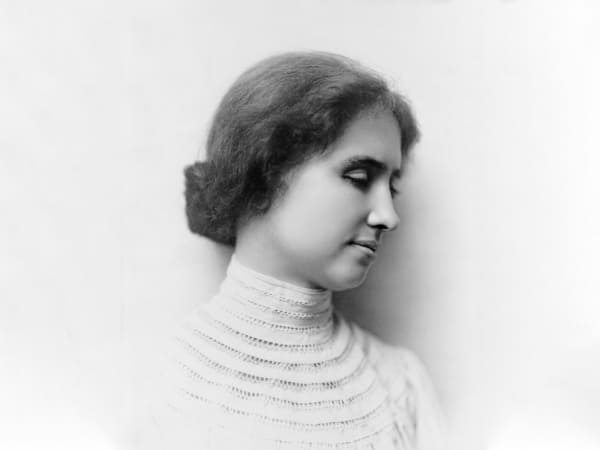
History Of Deafblindness
Deafblind means that a person is not able to hear as well as see. It is an umbrella term for both children and adults. Helen Keller, an American author and lecturer, is the famous deafblind individual in history who has lost her vision and hearing ability when she was 19 months.
Helen faced many difficulties during her childhood, but with the help of her mentor Annie Sullivan, she became the first deafblind person to graduate from one of the famous Radcliffe College (Massachusetts). She is known even today for her efforts in pursuing higher education, although being deaf and blind.
Other deafblind people in history include Laura Bridgeman (Writer, Editor and Lecturer), Dr Rajendra Singh Sethi (First deafblind Indian to get a doctorate degree), Hieronymous Lorm (Novelist and Inventor) and Yvonne Pitrois (French Writer, Translator and Social Worker).
 National Cleft And Craniofacial Awareness and Prevention Month: What Is Cleft Lip And Palate?
National Cleft And Craniofacial Awareness and Prevention Month: What Is Cleft Lip And Palate?
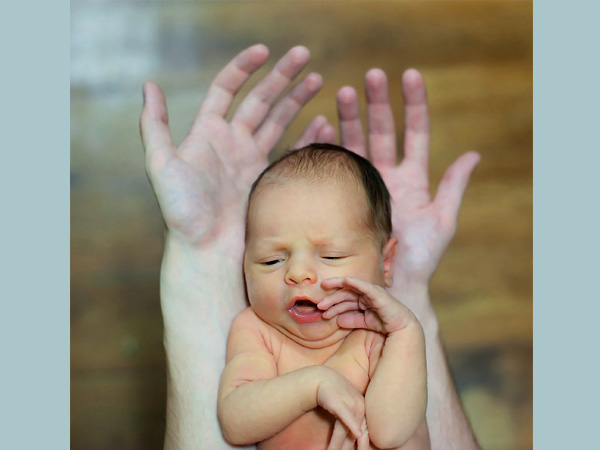
Types Of Deafblindness
There are two main types of deafblindness:
1. Congenital deafblindness: It refers to children who are born with both vision and hearing loss. Congenital deafness is caused as a result of genetic conditions, infections, premature birth, birth trauma and genetic syndromes.
As these children are born deaf and blind, they take time to learn and develop. They have never seen the world, so they find it difficult to understand the environment and objects and relate them.
It is of two types:
READ RELATED: FBI adds ‘Cryptoqueen’ Ruja Ignatova to Most Wanted list
- Congenitally deaf with acquired blindness: Children who are born deaf or with hearing disability and develop vision problems before they start to learn or speak.
- Congenital blind with acquired deafness: Children who are born blind or with vision disorders and develop hearing problems before they start to learn or speak.
2. Acquired deafblindness: When a person loses his/her ability to see and hear at a later stage of life. It is caused due to accident, ageing and some underlying conditions that have progressed.
These people have seen the world, so they can understand the world and adapt to situations well.
 Sarcoma Awareness Month 2020: What Is Sarcoma? Symptoms, Causes, Risk Factors And Treatment
Sarcoma Awareness Month 2020: What Is Sarcoma? Symptoms, Causes, Risk Factors And Treatment

Causes of Deafblindness
Several studies suggest that deafblindness is not caused by a single factor but a combination of factors. The primary causes of deafblindness include:
- Genetic disorders (birth defects): Such as Usher’s syndrome, CHARGE syndrome, Goldenhar syndrome and Down syndrome.
- Prenatal viral/bacterial infections: Such as congenital rubella, meningitis and cytomegalovirus during pregnancy.
- Birth complications: Such as birth trauma and preterm birth. It also includes children who are born with other physical impairments, communication disorder or learning disabilities.
- Accidents: It comes under acquired deafblindness and includes head injury or damage to the auditory and visual system due to accident or trauma.
- Age-related: Occurs in old people with age above 50.
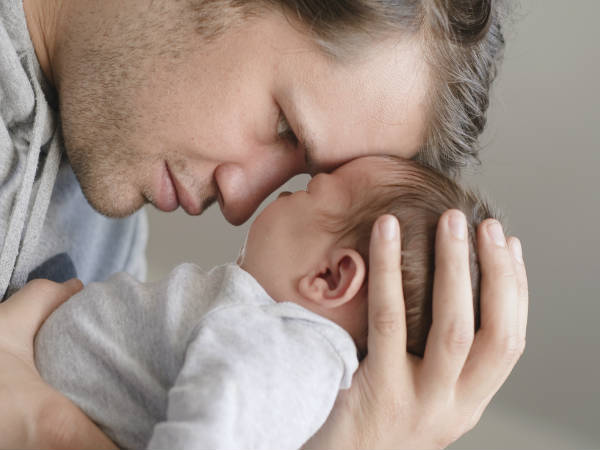
Emotional Problems in Deafblind People
- Being both deaf and blind affects a child’s learning ability which may leave them out of society.
- Communication problems and ability to socialise will be limited. These issues may lead them to isolation, depression and anxiety.
- Dependency on others to carry out day-to-day tasks can cause low self-esteem and lack of confidence.
- Problems in making relationships or starting a family.
- Problems in adapting to new situations.
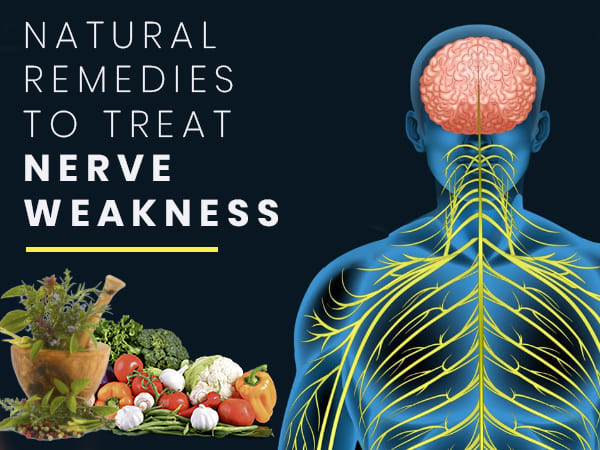 20 Home Remedies To Treat Nerve Weakness
20 Home Remedies To Treat Nerve Weakness

Common FAQs
1. How do you communicate with someone who is deaf and blind?
There are many ways to communicate with someone who is deaf and blind. Use tactile fingerspelling (communication using touch), printing alphabets on their palm to indicate the word or using braille (a tactile writing system consisting of raised dots to represent letters).
2. How many people are deafblind in the world?
A report by the World Federation of the Deafblind shows that 0.2 to 2 per cent of people in the world are deafblind. They are more likely to be unemployed, poor and less educated as they face both development and other disability problems.
 25 Food To Eat When You Have Food Poisoning
25 Food To Eat When You Have Food Poisoning
GET THE BEST BOLDSKY STORIES!
Allow Notifications
You have already subscribed
Source: boldsky blog




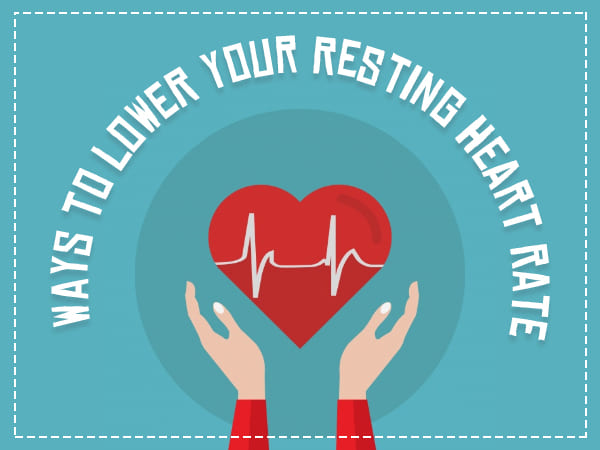 11 Effective Ways to Lower Your Resting Heart Rate (RHR)
11 Effective Ways to Lower Your Resting Heart Rate (RHR)





